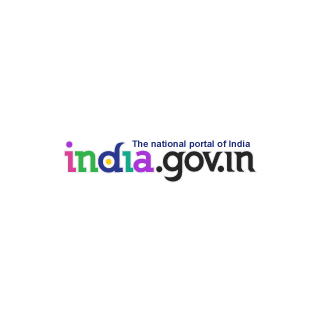SWAGAT (State Wide Attention on Grievances by Application of Technology) System for Gujarat Government, acts as a bridge between Citizens & Govt by using technology to solve their day-to-day grievances in a quick, efficient, and time-bound manner.
-
- Share This
- Rating
-
- Share This
- Rating
The Risk Analysis course introduces the concepts, methods and tools to assess hazard, vulnerability, risk and the impact associated with earthquakes and floods. It demonstrates how risk analysis is applied to formulate disaster risk reduction policies. It introduces tools and models used to assess disaster impact, both direct and indirect, and methods to quantify it for earthquakes and floods. As a result, participants of this course will be able to judge and appreciate the information presented in risk maps.
-
- Share This
- Rating
The Risk Sensitive Land-use Planning course was developed by the World Bank Institute in collaboration with the Earthquakes and Megacities Initiative. It aims to demonstrate the benefits of incorporating disaster risk reduction objectives in land use planning, presents the process involved in integrating disaster mitigation with local land use management, and illustrates the advantages of this integrated approach using specific examples.
-
- Share This
- Rating
This specialization course provides an overview of disaster risk management sound practice for local government policymakers, urban managers, planners, and disaster management professionals.
-
- Share This
- Rating
Natural disasters also tend to have a disproportionate impact on less developed countries causing much greater losses in terms of fatalities and GDP than in developed countries.
-
- Share This
- Rating
Earthquakes are one of the most disastrous of natural hazards, coming without warning and affecting nations and peoples around the entire Pacific Rim, and from North Africa through the Balkans and Middle East, India and Indonesia, to Papua New Guinea and New Zealand.
-
- Share This
- Rating
Disasters have a major impact on the living conditions, economic performance, and environmental assets of affected countries. Consequences may be long-term and may cause irreversible damages to environmental, economic and social structures.
-
- Share This
- Rating
Gender mainstreaming is a key strategy to reduce inequalities among gender groups. Mainstreaming gender into disaster management strengthens the resilience of entire communities, cuts recovery time, and leads to more efficient recovery and reconstruction. It can be achieved by taking into account the needs, concerns and capacities of gender groups in planning and implementing disaster reduction and risk management activities.
-
- Share This
- Rating
Climate change is exacerbating the impacts associated with droughts, floods and other extreme weather events. According to the Stern Report "climate change will affect the basic elements of life for people around the world – access to water, food production, health, and the environment".
-
- Share This
- Rating
The theory and practice of disaster management today increasingly acknowledges the role of human factors in natural disasters. There is also a discernible shift in the nature of disaster preparedness and mitigation activities. It is based on the recognition that the socio-economic vulnerability of communities, rather than physical hazard, explains the impact of disasters and that interventions must therefore aim at reducing vulnerability at the community level.





